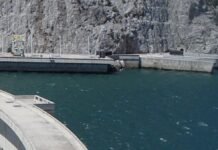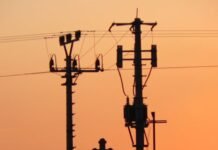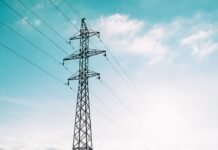The South African government through the Ministry of Human Settlements, Water and Sanitation has announced urgent measures to address water challenges in identified areas across the country where dam levels have dropped alarmingly.
Minister Lindiwe Sisulu said the interventions will include completing the construction of water projects, the refurbishment of dysfunctional boreholes in drought-stricken areas, assigning a team of specialists for rapid intervention in identified areas and addressing dysfunctional water works.
The intervention follows the department’s latest dam level report, which indicated that some of the country’s water reservoirs are losing 1% of stored water week-on-week.
According to the report, levels have dropped from 73.3% in the same period last year to 60% this week, a 10% loss in 12 months.
The department said scientific projections are that hot temperatures will persist until the end of the summer period next year.
In addition, between October and mid December 2019, the country will experience below-average rainfall that would be accompanied by hot temperatures, thereby raising evaporation levels in the dams.
READ: Another Day Zero looming in South Africa – warns water expert
Sisulu said the interventions were in line with the government’s New District Model of aligning integrated service delivery across the three spheres of government, within the next 18 months.
“In the Eastern Cape alone, the department will drill and equip boreholes in drought-stricken Graaf-Reinet and bring Xonxa Dam in Queenstown online in order to supply water to the town.
“Lusikisiki is earmarked for an increase of water supply by upgrading the local water treatment works. The construction of Zalu dam will be prioritised to relieve the current water challenges,” Sisulu said.
The department has also sourced funds through its Regional Bulk Infrastructure Grant (RBIG) to facilitate the bulk supply of water and equipment of boreholes in Qwaqwa, Free State.
The area is facing water challenges after the dam level at Fika Patso plummeted to 10%. Currently, local communities rely on water from boreholes, while additional water supply projects are being constructed.
Other areas that are affected by water scarcity and that have been identified for intervention are Butterworth, Lusikisiki, Port Alfred and Alfred Nzo in the Eastern Cape; as well as Aggeneys in the Namakwa District in Northern Cape.
In Limpopo, the areas include Tzaneen, Mogalakwena, Modimolle, Bela Bela, Thabazimbi and Polokwane.
Meanwhile, the department has confirmed that water supply in Gauteng remains secure as the Integrated Vaal River System is fed by 14 rivers and contingency plans for stabilising the system are in place.
Climate change is a reality and South Africans are encouraged to use water sparingly.





